Do You Grow Damask Perpetuals?
lplantagenet7AVA
3 years ago
Featured Answer
Sort by:Oldest
Comments (23)
Melissa Northern Italy zone 8
3 years agolast modified: 3 years agomad_gallica (z5 Eastern NY)
3 years agoRelated Discussions
Which of these Damasks do you prefer?
Comments (22)I grow all four - Rose de Rescht, Rose du Roi, Comte de Chambord and Marchessa Boccella/JC. Of the four, MB/JC has been the most satisfying - an amazing, large (5' x 5') shrub that blooms her dang head off. I'll echo what others have said about giving these roses time to form shrubs though - 3 years isn't really enough time. More like 5, I'd say. I've always pruned her very lightly, but I'm going to try pruning her a bit harder this year, after her first flush, to see if I can't get her to stay in bounds a bit better. Rose de Rescht has formed a nice, dense 3' shrub. It's a natural meatball in my garden. It was hit by a car and knocked out of the ground during the winter of 2005. Picture DH and I replanting a rose in a snowstorm - that was fun. Anyway, it didn't phase the plant a bit. It's one of my favorites. Rose du Roi is still too new to me to have formed a strong opinion. It's starting to throw some real canes though, and the flowers are gorgeous. Comte de Chambord has had a tough time in my garden - I planted it in a really bad spot while it was too small to compete, and it just sort of sat there for about three years. We dug it up and put it in a pot last summer, and now it's starting to look like a bush... but still a tiny bush. I have hope for it though - the flowers are so pretty. We had a really crappy winter with pretty wild temp fluctuation (a lot of my Teas showed damage for the first time ever). This has been a pretty poor season for spotty leaf crud as well - got 'em all right now, I think (except downy or rust, thank goodness). I do not spray. Rose du Roi is pretty spotty right now, but the other three are basically clean (subject to change without notice)....See MoreDamask & Damask Perpetual Photo Share, Please!
Comments (54)Here are some pictures of mine from about a month ago. Jacques Cartier (this one is already reblooming in July after deadheading. I love it). Below, two pictures of Rose de Rescht -- this one gets the damask crud really badly later in the season. I think it might have a virus (yellow markings) but am too tenderhearted to get rid of it. The iris, Paltec -- first to bloom, last to finish -- is an absolute treasure in the garden, though rain sodden in the picture. Above and below: Yolande d'Aragon. I really don't have room for this marvelous giant. In front of it is a bud of Mirandy, which I put in for my husband, who likes red roses. I like it, too, but it is not a vigorous grower. Being all jammed together is no help, probably. Finally, a blown up glamour shot of Pergolèse which I cut for my daughter's birthday dinner. I have a sentimental attachment to this rose because of its composer namesake. This is the first year it produced decent looking blooms - they are usually a washy dark pink without much shape. It is supposed to be a reblooming damask but looks and behaves like a Gallica. Below P. with Yolande and my late Italian stepfather's Venetian inkwell, which he actually used....See MoreDoes anyone grow JoAn’s Pink Perpetual?
Comments (5)I have two JoAn's Pink Perpeutals, one was planted last year, and one this spring. It's too soon to tell how well they will repeat. The bloom is about 3 inches wide, with a strong sweet scent similar to Damask. I wonder how large they will grow, and might have to transplant them in the future if they outgrow their space. The Alnwick Rose on the left...See MoreWhy are my JoAn's Pink Perpetual rose not growing any flower buds?
Comments (3)It should give blooms next Spring. Roses take 3 years to get fully established to set their maximum blooms. They spend time and energy growing their roots the first year or two. So by its third year it should be exploding with blooms every Spring....See Morechris209 (LI, NY Z7a)
3 years agoSheila z8a Rogue Valley OR
3 years agolplantagenet7AVA
3 years agoUser
3 years agolplantagenet7AVA
3 years agomad_gallica (z5 Eastern NY)
3 years agolplantagenet7AVA
3 years agoportlandmysteryrose
3 years agolast modified: 3 years agoportlandmysteryrose
3 years agomad_gallica (z5 Eastern NY)
3 years agolplantagenet7AVA
3 years agolast modified: 3 years agomad_gallica (z5 Eastern NY)
3 years agoportlandmysteryrose
3 years agolast modified: 3 years agolplantagenet7AVA
3 years agoUser
3 years agochris209 (LI, NY Z7a)
3 years agoSheila z8a Rogue Valley OR
3 years agoportlandmysteryrose
3 years agoportlandmysteryrose
3 years agoportlandmysteryrose
3 years agolast modified: 3 years ago
Related Stories

GARDENING GUIDESWhat Kind of Roses Should You Grow?
Want to add the beauty of roses to your garden? Find out which ones, from old-fashioned to modern, are right for you
Full Story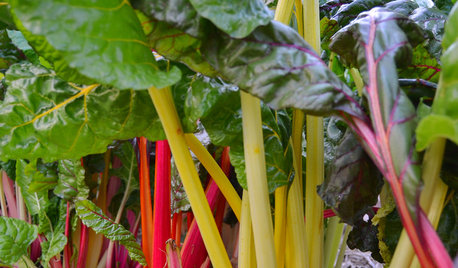
GARDENING GUIDESCool-Season Vegetables: How to Grow Chard
A year-round garden favorite with a colorful stem, Swiss chard comes into its own in early spring and in fall
Full Story
FUN HOUZZScreen Style Forecast: When the 'Girls' Grow Up
We predict which decorating styles the girls on HBO's new series will choose when their taste matures. Do any match yours?
Full Story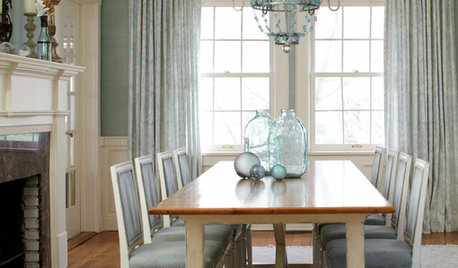
REMODELING GUIDESRoom of the Day: Antiques Help a Dining Room Grow Up
Artfully distressed pieces and elegant colors take a formerly child-focused space into sophisticated territory
Full Story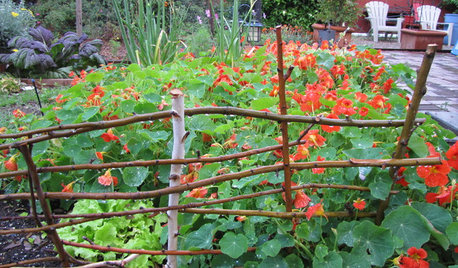
GARDENING GUIDES6 Gift-Giving Gardens for Delights Beyond the Visual
Grow your own natural dyes, snip herbs for home brews and more ... these creative gardens have benefits beyond beauty alone
Full Story
HOUZZ TVHouzz TV: A Most Unusual Indoor-Outdoor Connection
A giant California Sycamore grows through this dream house in the hills of Los Angeles
Full Story
GARDENING GUIDESHow to Keep Your Citrus Trees Well Fed and Healthy
Ripe for some citrus fertilizer know-how? This mini guide will help your lemon, orange and grapefruit trees flourish
Full Story
DECORATING GUIDESHouzz Tour: Happy Days Are Here Again in a Miami Apartment
The colors of Biscayne Bay, an owner’s fond memories and the groovy spirit of the 1970s inspire a bright redesign
Full Story
COLORWelcome Yellow Around Your Home for an Instant Lift
Keep on the sunny side with shades of yellow from buttery and soft to dynamic and bright
Full Story
PRODUCT PICKSGuest Picks: Bright Ideas for Fun Light Switches
Give walls a unique spin with the kookiest switch plates and outlet covers you ever did see
Full Story



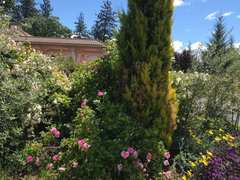
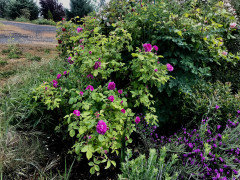
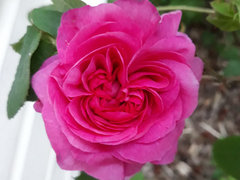
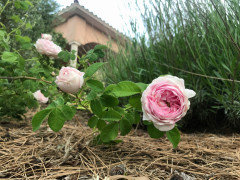
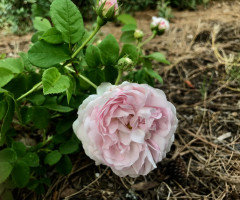
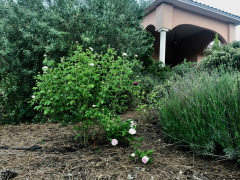
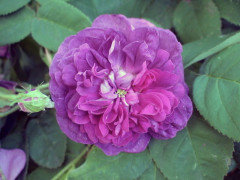
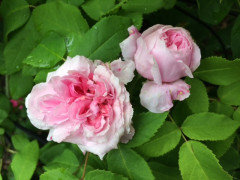
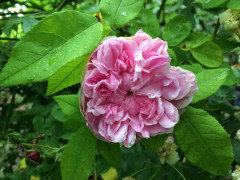
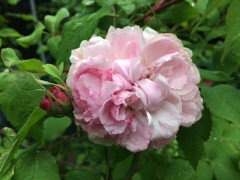


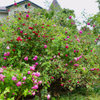
jerijen